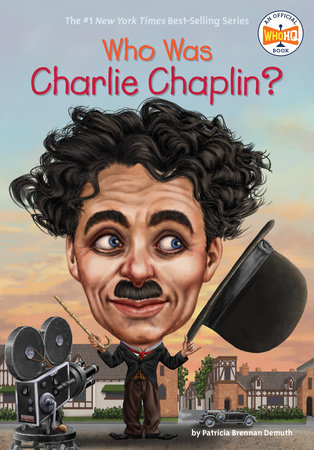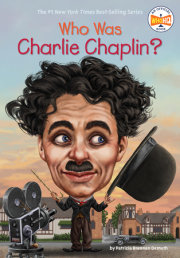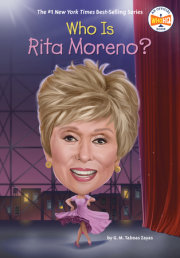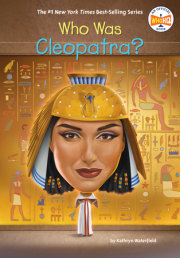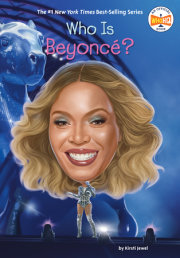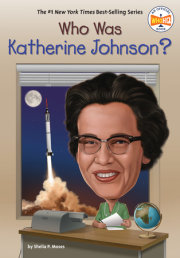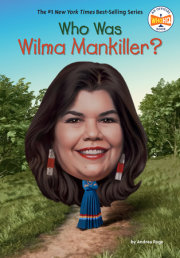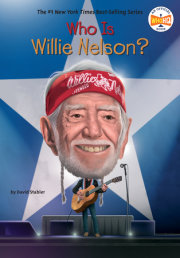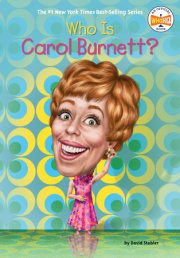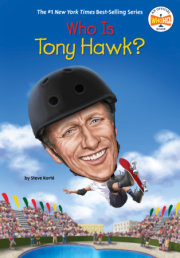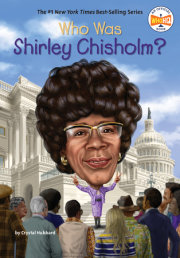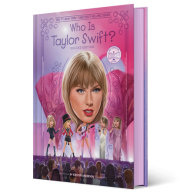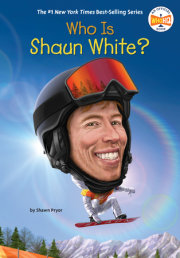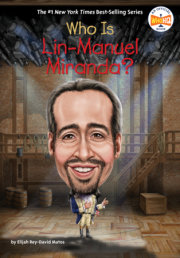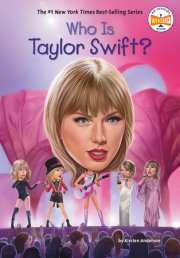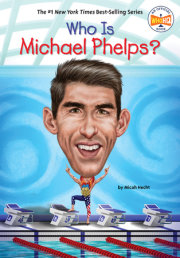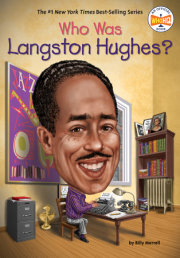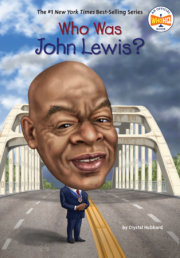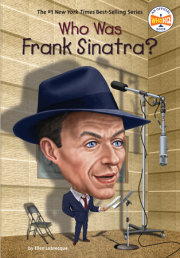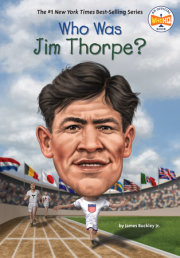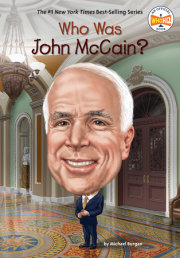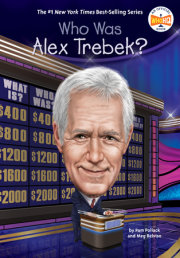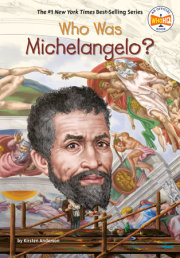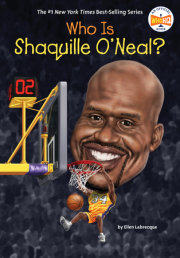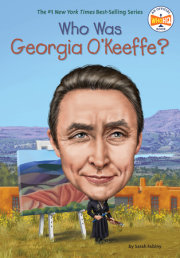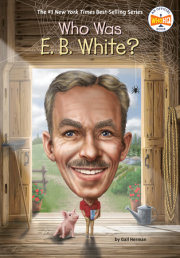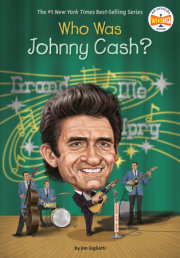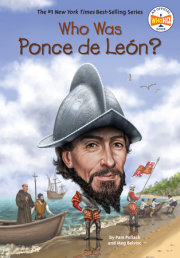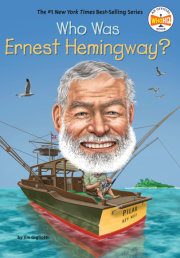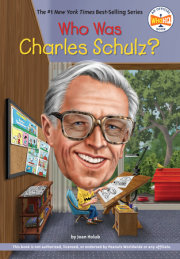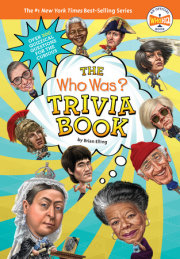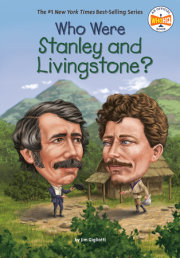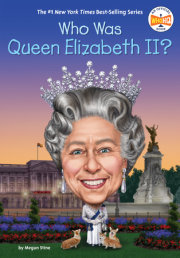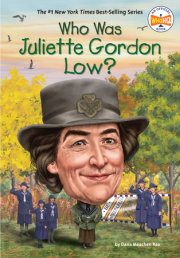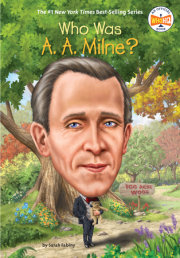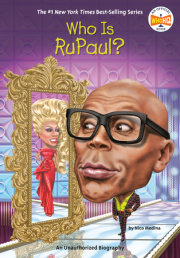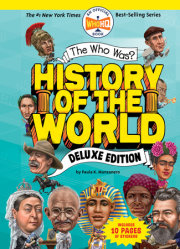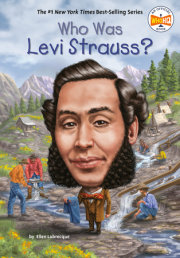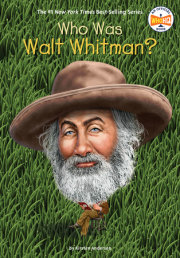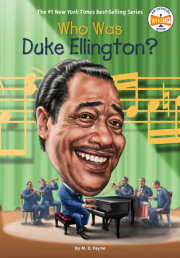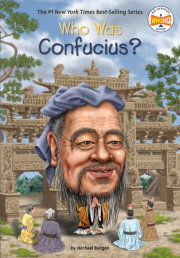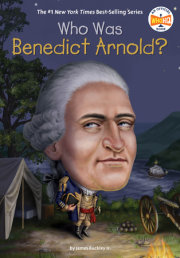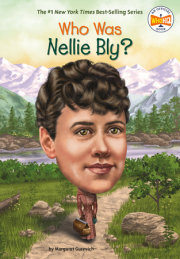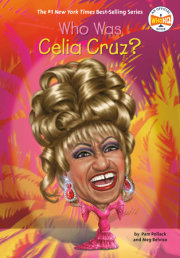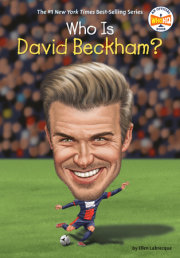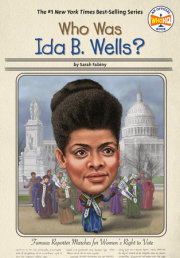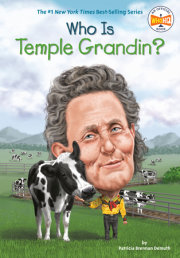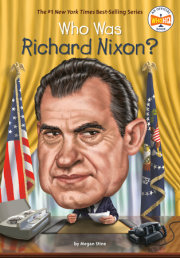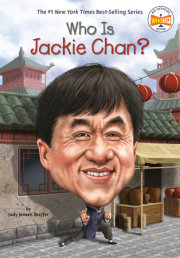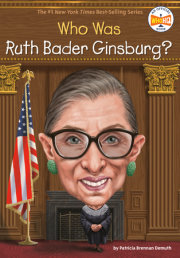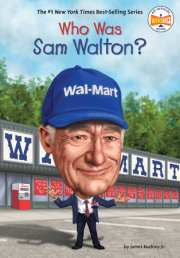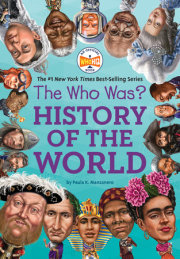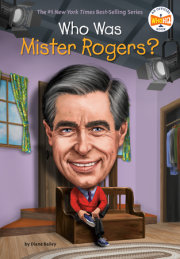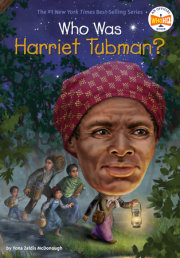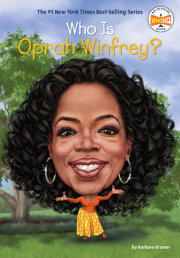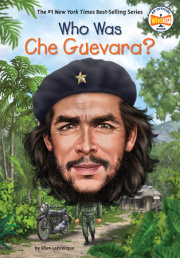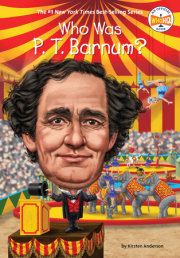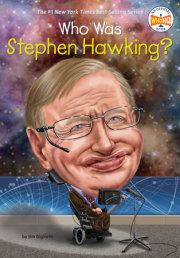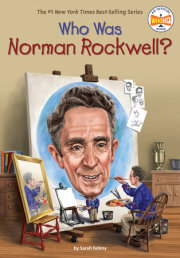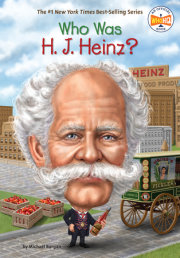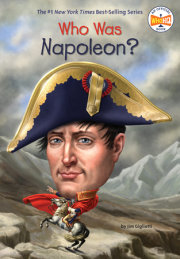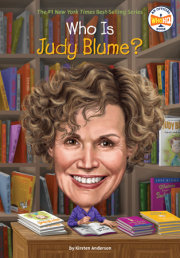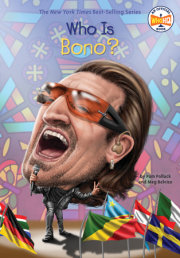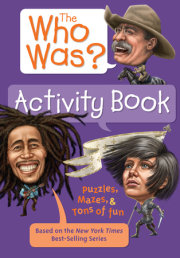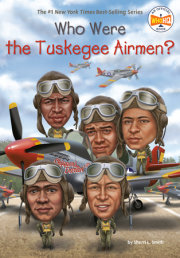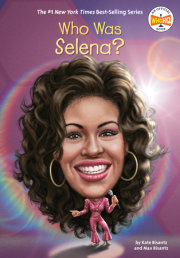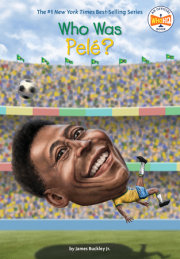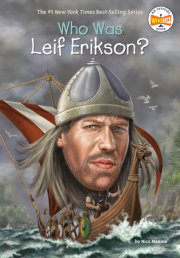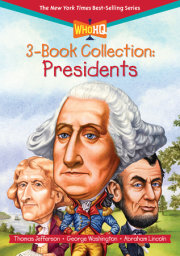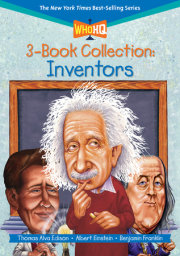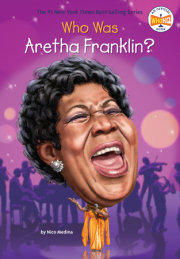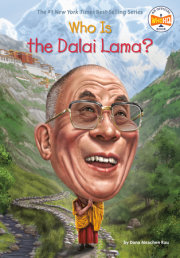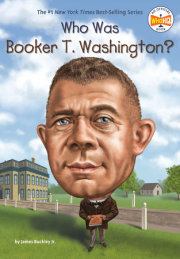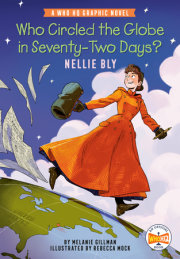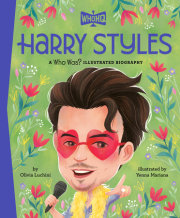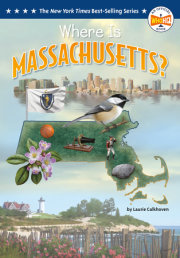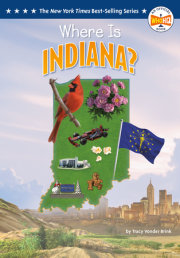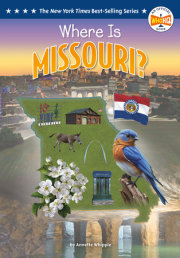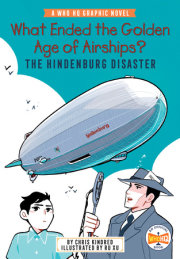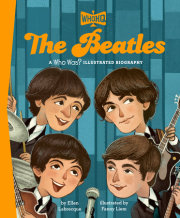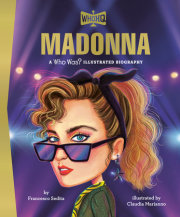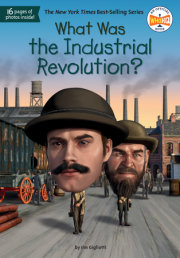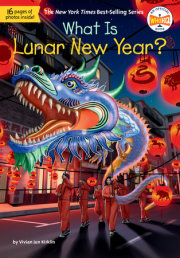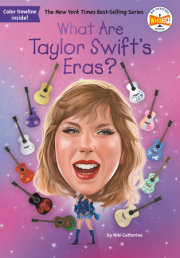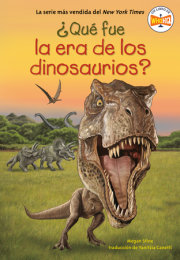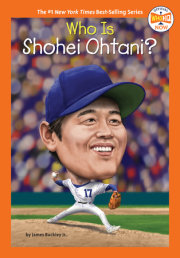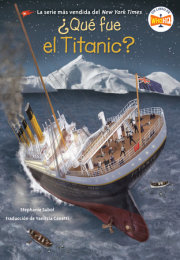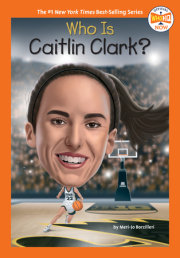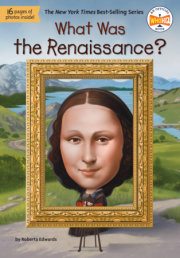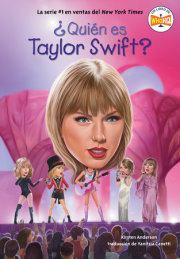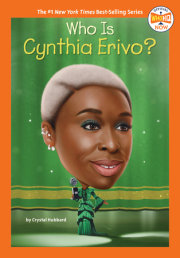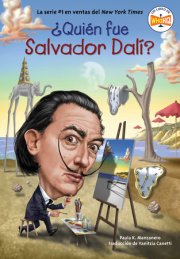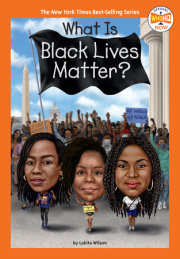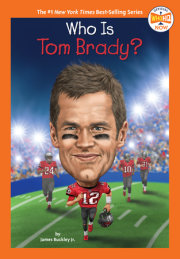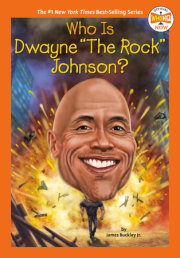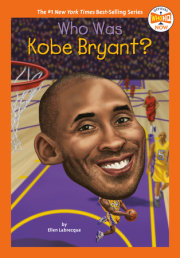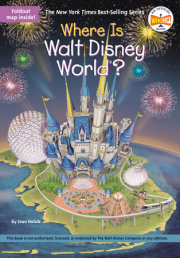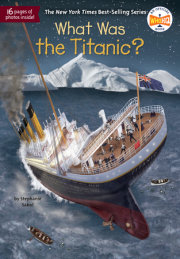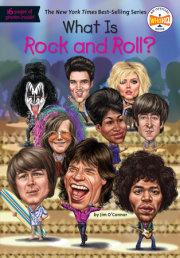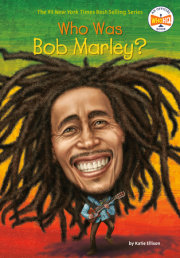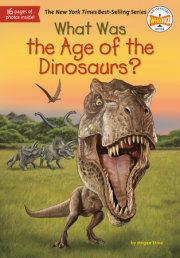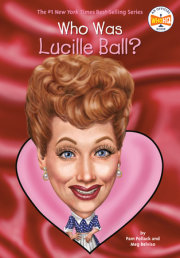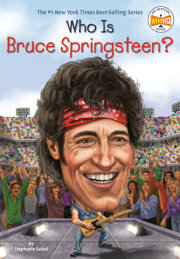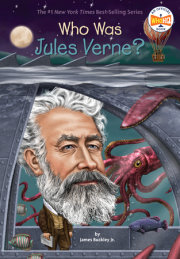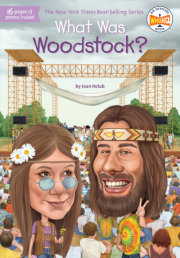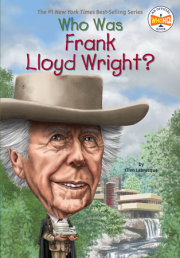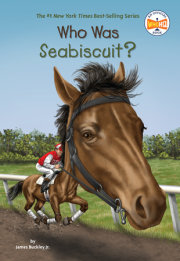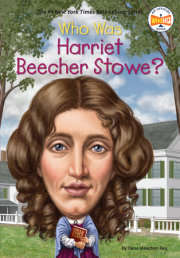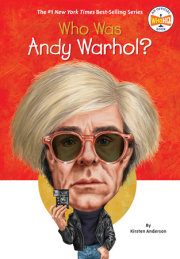Who Was Charlie Chaplin? In the early 1900s, movie theaters across America rocked with laughter. It was all because of a funny little guy on the big screen. His pants and shoes were too large. His hat and coat were too small. He walked in an oddball way with both feet turned outward. And when his eyes grew big and he twitched his little mustache, the audience couldn’t wait to see what trouble he would get into next. The screen character was called the Little Tramp.
Charlie Chaplin was the actor behind the mustache. He invented the Little Tramp. Charlie also wrote, starred, and directed his own movies. The Little Tramp was always broke and out of work. But Charlie himself was the highest-paid actor in the world—and the most famous. He managed all that without saying a word on-screen.
This was the age of silent films. No sound came from the screen. Inventors hadn’t yet found a way to record sound for films. Instead, actors used gestures and facial expressions to act out
the story, as in a game of charades. There was none better at this than Charlie Chaplin.
Although his “reel life” was filled with humor, Charlie’s real life was not. His poor London childhood had been heartbreaking. His father deserted the family. And his mother couldn’t care for her children properly because of mental breakdowns. Yet history remembers Charlie with a smile. He was a pioneer in film who tickled America’s funny bone.
Chapter 1: Poverty America was where Charlie became famous. But England was his first home. Charles Spencer Chaplin was born in London on April 16, 1889. His half brother, Sydney, was four years older.
It’s not surprising that Charlie grew up to be an actor: Both of his parents were entertainers. They performed in English music halls—theaters that staged shows featuring many song and dance acts as well as comedy routines. His father was a successful actor and songwriter. His mother was
a singer.
Charles Chaplin Sr. was easygoing and charming, but he had a bad drinking problem. No one could rely on him for long. When Charlie was just one, his father packed up his songs and left.
Charlie’s mother, Hannah, did the best she could on her own. She was small and delicate, with hair so long she could sit on it. Though she faced life with spirit, jobscame and went, and money was often tight.
Still, the little household was happy for a while. Hannah taught Charlie to dance almost as soon as he could stand. To entertain her sons, Hannah pulled costumes and wigs from her trunk and acted out plays that she knew by heart.
One night, Hannah’s singing career came to a sudden end. Her voice cracked in the middle of a song. The crowd hissed and booed Hannah off the stage. The frantic manager pushed little Charlie onstage in her place! Charlie was just five, but he had been watching from backstage for years. He knew all the numbers by heart.
As the small boy began to sing and dance, the crowd grew silent. Soon they were laughing and cheering. Then they threw pennies onto the stage. Charlie stopped in the middle of the song to scoot around and pick up the money. The crowd laughed even harder.
Charlie was a hit. However, Hannah’s career was over. She never sang again. “That night was my first appearance on the stage,” Charlie later wrote, “and Mother’s last.”
The family began sinking deeper and deeper into poverty. Hannah earned a little money sewing, but not enough to pay the bills. She tore up her old costumes to make clothes for her sons. Often short of rent money, the Chaplins were forced to move again and again. They started out in a three-room apartment. Then they moved into two rooms. Finally, they crowded into one room behind a smelly pickle factory.
In time Hannah was too weak and ill to go on. She led her sons to the workhouse. That was where poor people ended up in London when there was no place else to go.
The little family was split apart. Hannah was put in an infirmary, a place for people too sick to earn their keep in the workhouse. Charlie and Sydney were taken to a school for homeless children, called Hanwell. Charlie clung tightly to his older brother, but Sydney had to stay in a ward with older boys. Charlie later said that his childhood ended right then. He was seven.
Teachers at Hanwell were strict. They used a cane to punish children. One time Charlie was caned for not telling on some boys who had pulled a prank. His knuckles were rapped because he wrote left-handed. When his head was shaved because of ringworm, Charlie broke down and wept.
Daydreaming was Charlie’s great escape. In his autobiography, Charlie recalled “creeping off by myself at the poorhouse and pretending I was a very rich and grand person.”
More than anything, the little boy wanted to escape poverty. In time, acting would become Charlie’s ticket out of the slums. And he was soon to get his first job.
Copyright © 2016 by Patricia Brennan. All rights reserved. No part of this excerpt may be reproduced or reprinted without permission in writing from the publisher.

